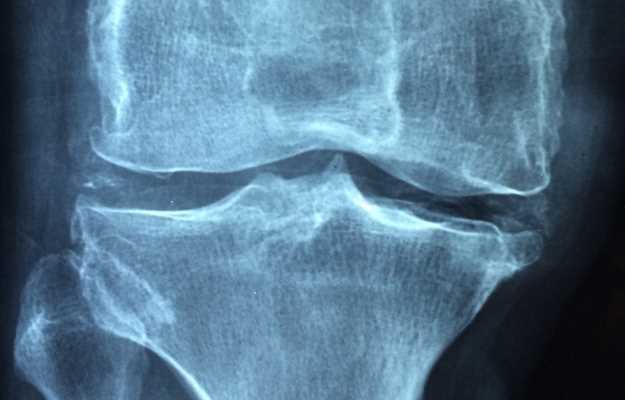What is bursitis?
Bursitis refers to the inflammation of the bursa, a fluid-filled sac, which forms a cushion between the muscle and bone in a joint. Bursae are important in reducing friction in the shoulder, elbow, hip, and knee joints, and the Achilles tendon in the heel, thus, making their movement very flexible. Bursitis can cause temporary pain and discomfort but does not cause permanent deformity.
These are a few types of bursitis depending upon the bursa that gets inflamed:
- Retromalleolar tendon bursitis
- Hip bursitis
- Knee bursitis
- Kneecap bursitis
- Posterior Achilles tendon bursitis
- Elbow bursitis
What are its main associated signs and symptoms?
The common signs and symptoms of bursitis include:
- Pain- this is the most common symptom of bursitis. It may worsen if there are calcium deposits in the bursa.
- Limited movement of the affected joint affected like in frozen shoulder.
- Tenderness in the affected joints
- Long lasting bursitis may lead to deterioration of the motion.
What are the main causes of bursitis?
Traumatic injury to the joint may lead to bursitis. Overuse of the joint makes it more prone to inflammation.
Bursitis is often associated with diabetes, rheumatoid arthritis, gout, systemic lupus erythematosus (SLE), immune deficiency, and scoliosis.
How is it diagnosed and treated?
After taking a detailed medical history and complete physical examination, your doctor may advise few tests like-
- X-ray
- MRI
- CT scan
- Ultrasound
- Aspiration of fluid from bursa for culture and analysis
- Blood tests like complete blood count, C-reactive protein, uric acid and others
Unless the pressure over the joint is reduced, bursitis will keep recurring. However, bursitis can be treated in the following ways –
- Pain-relief medications
- Physical rest
- Splinting of the joint involved
- Injecting corticosteroids within the bursa to reduce the pain and inflammation
- Antibiotics, in cases of infection
- Surgical drainage and removal of the infected bursa via a procedure called bursectomy.
You should start with regular exercises and gradually build up strength to prevent bursitis. Do not indulge in excessive physical activity, especially that includes the affected joint, if you continue to experience pain. Applying ice to the affected area can help control pain and inflammation. Physical therapy is another option to increase the mobility of the affected joint. There is no specified duration of the treatment for bursitis.

 OTC Medicines for Bursitis
OTC Medicines for Bursitis















